Currently, admittedly, there´s not much to see at the shipyard regarding the Omega 42 progress to be honest. Well, there indeed would, but the shipyard asked me not to brag about it too much: Currently the guys are painting all the furniture and wooden joinery parts. And this is done with a special paint that they´ve developed for the Omega 42 in particular to achieve a certain look and feeling of depth. I will show you the end product, but, together with the producer of the paint, they asked me not to disclose the “secret”. So I keep it low for those reasons.
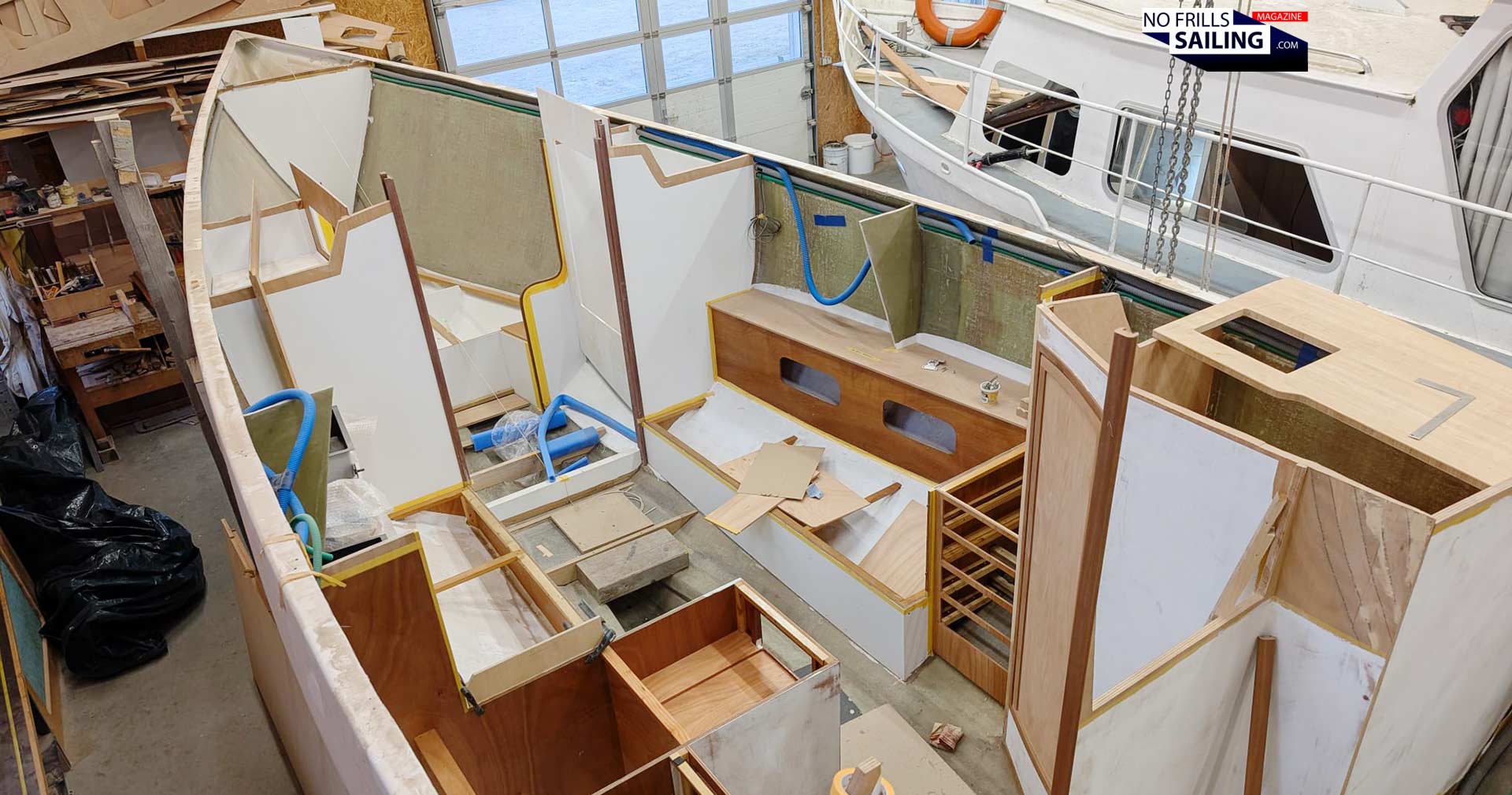
Nevertheless, there are other news I can and should talk about. A few days ago there has been quite a nice delivery of a very deciding part. The Diesel fuel tank for my yacht! It may sound a bit odd since this doesn´t appear to be a sexy or interesting topic at first, you may think, but believe me, it indeed is! So, follow me into the workshop and let´s have a little more detailed look at handcraft and custom building.
Why a handbuilt custom Diesel tank?
As you may know, my new boat is quite something special. This yacht may be considered a complete one-off, even more from the perspective that many parts cannot be bought easily off the shelf. The fuel tank is one of these parts. Well, first of all, the dimensions and shape of the Diesel tank needed to fit snugly into the area that is meant to house it are very complex – there is simply no off-the-shelf tank that would possibly fit in here. That´s one of the reasons by the way, the big and small series production companies love the “practical squares”-approach: This way, parts available on the market can be fitted without having to come up with complicated solutions. These parts are mass produced, which also means that their price is comparatively low and availability is plentiful. So, apart from the possibilities of fitting any shapes exactly, which further advantages are there to go for a custom tank?

Any half-skilled sailor would agree that propulsion, even if it is the auxiliary means of combustion engines, is very important for the convenience and safety of a sailing boat. After almost three seasons sailing an all-electric boat I realized that, as much as I support the idea of electric boat propulsion, going offshore calls for a first and foremost safe and reliable engine. In my opinion, still, this can only be the Diesel. Diesel, as any other combustion engine, needs fuel. So the question of the holding tank arises. Sure, I maybe could have pushed the shipyard to fit a standard size/shape take and saved some money. This, by the way is the way I chose for my fresh water tanks: For those, honestly, I don´t really care if I´d lose some capacity since I don´t have a standard fresh water circuit (like flushing WC) in my boat anyway. Later more on this topic. But as for the Diesel, I followed the suggestion of my boatbuilders to invest in a custom made tank that would fit perfectly into the designated place.
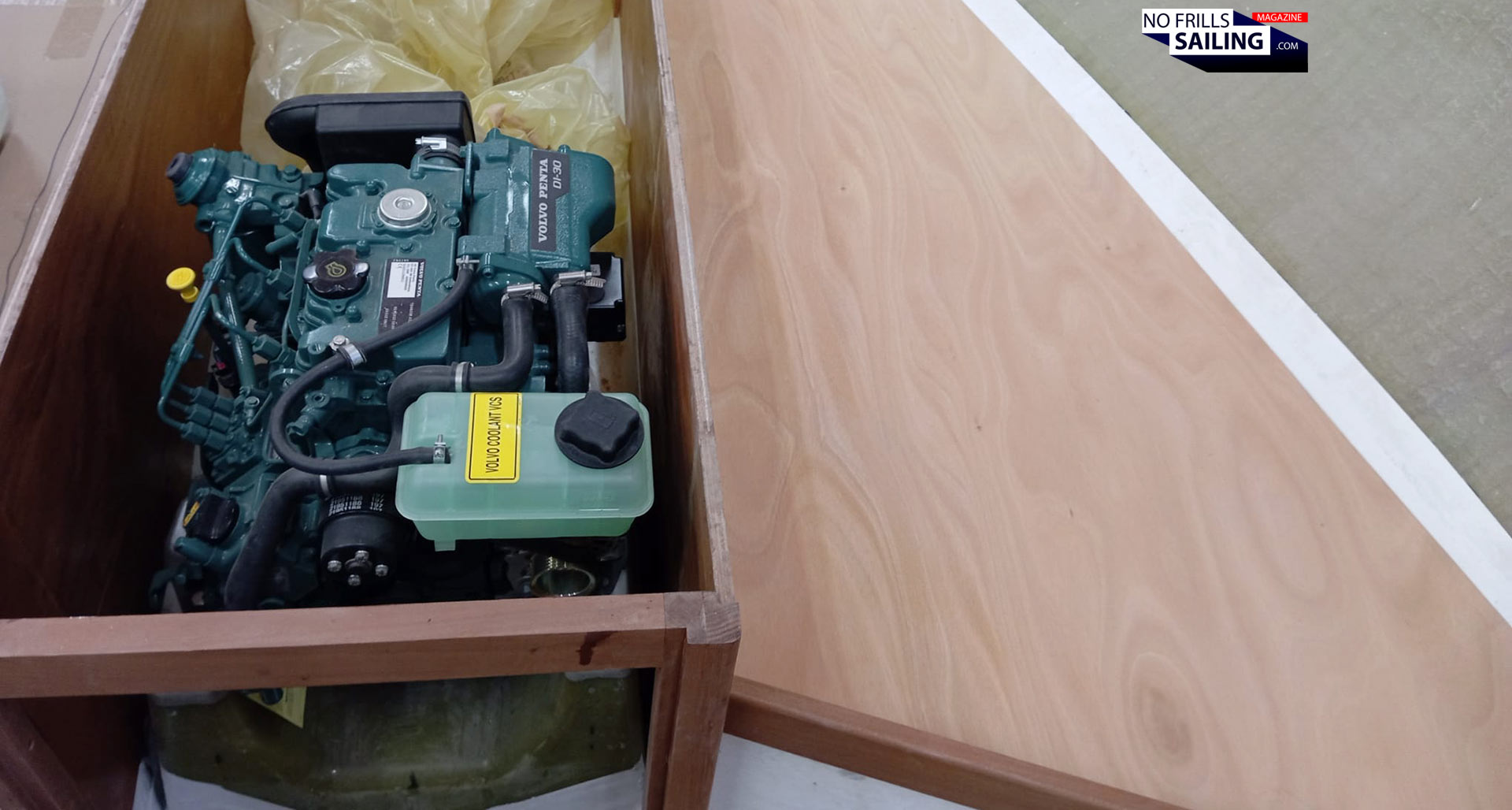
Generally, you can have two types of material of which your fuel tank can be made: Metal or plastic. As for metal Diesel tanks, these are usually used in larger vessel and can be made of any type of metal, from aluminum to stainless steel. There is a great range of low- to high priced tanks available. As with every material, metal has its pros and cons, corrosion and sludge buildup among the most common. On the other side, tanks made from plastic (mostly Polyethylene) are considered somewhat safer in terms of shock absorbtion or vulnerability to developing cracks. Plastic, other than the highest forms of stainless alloys, won´t corrode or conduct electricity. It´s hard to draw a definitive line here, but most people I spoke to, including my shipyard, suggested going for a Poly-tank. And so I followed …
German handcraft quality Diesel tanks for yachts
Plastic on the other hand is as abundantly available and reasonably priced. Working with this material does indeed require skilled professionals, no doubt about this, and manufacturing a tank out of Polyethylene requires similar craftmanship and skillful expertise as metal welding. That said, there are of course strict legal rules (especially in the EU) regarding the manufacturing quality and standards any fuel tank requires to be certified. Here in Germany, there are some few companies having specialized in the making of tanks and I was happy when my shipyard was able to recommend a company to ask if they could make a tank for me.
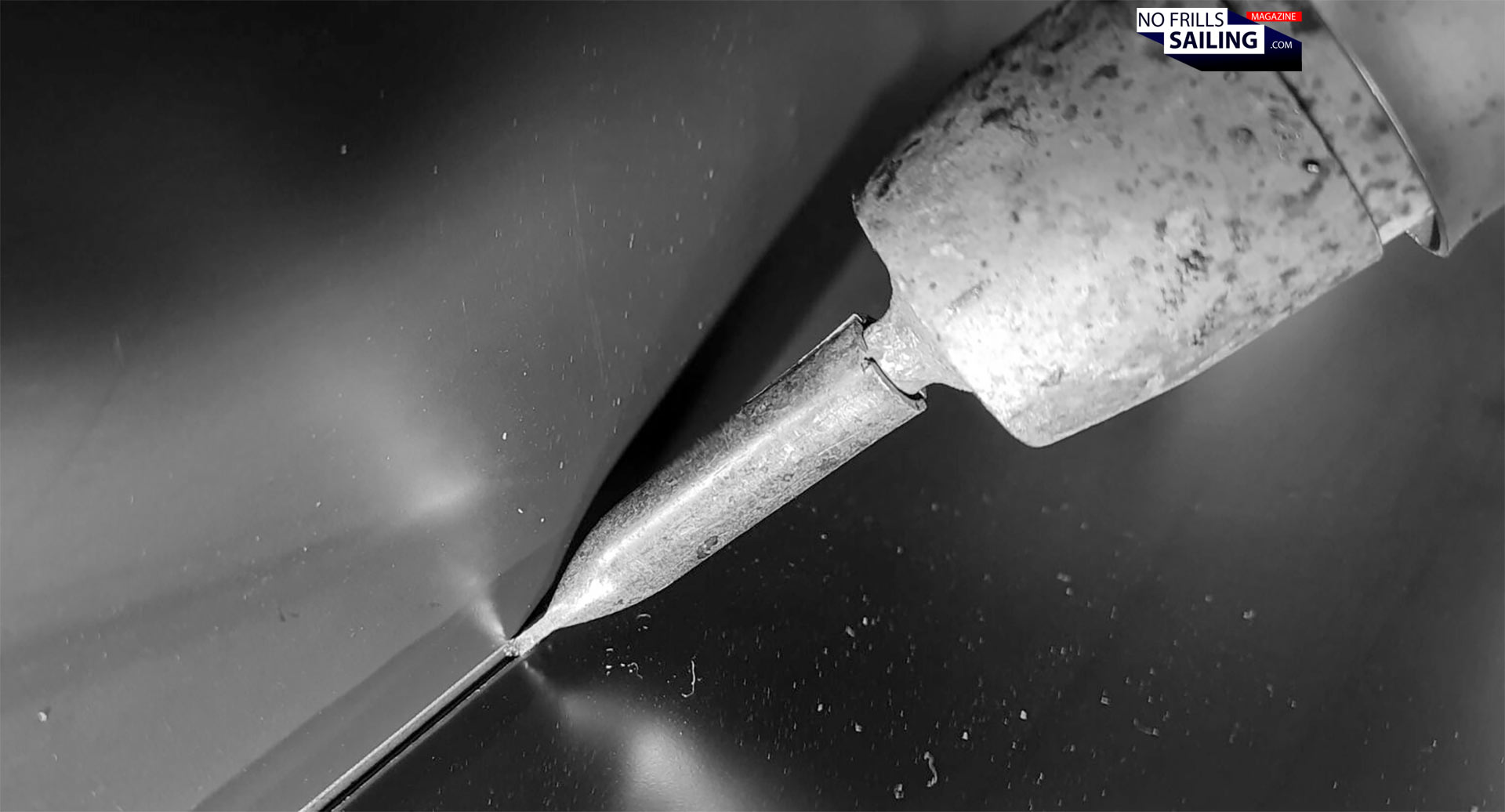
Of course, DL Kunststofftechnik – that´s the name of the company – doesn´t restrict itself to just boats, but they have quite a nice track record in delivering special purpose tanks of all shapes to the industry. It´s a family owned and family run business in its second generation, based in Unna neat the city of Dortmund. The advantages are clear: This company will make a tank even if the size of your order is one. No minimum units required. That said, it´s clear that the price for such a custom built handcrafted tank is a bit higher. They also guarantee that their tanks are mostly superior to “cheap” tanks or mass-produced products due to a higher grade material that is used, often significantly higher wall thicknesses of the tank and manufacturing quality. That being clear now, how have they made the tank for my Omega 42?
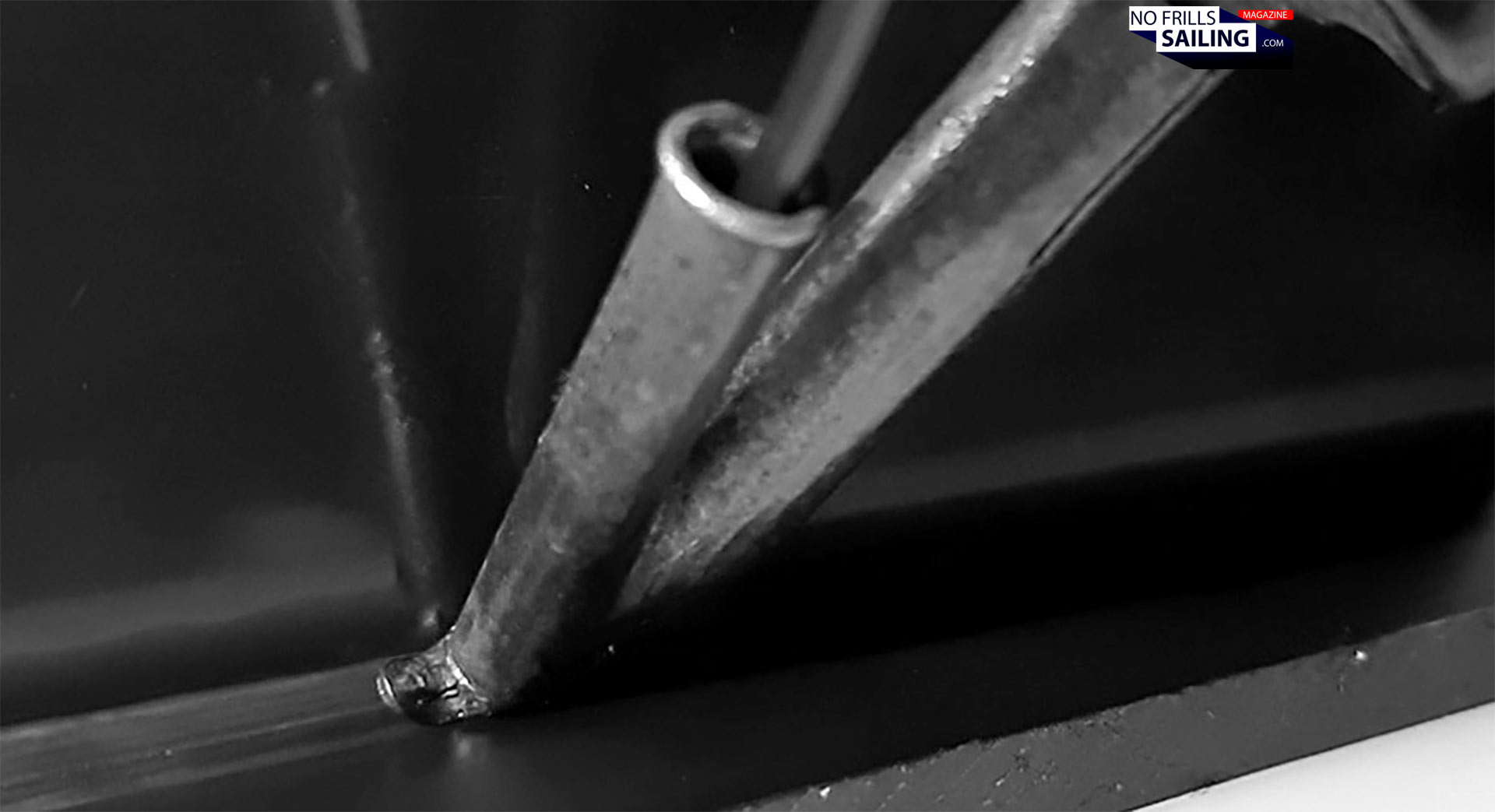
It all starts with the shape. As for my Omega 42, it´s a pretty complicated rhomb-shaped 3D object. Back in the shipyard, they had first made a gauge model out of thick pieces of offcut foam. Simply glued together and cut to shape until it snuggly fitted the housing. My tank has a slightly rounded underside and the five remaining walls are straight. From this model, checked for multiple times, the guys were now able to take measurements from and translate the 3D-shape into a two-dimensional construction plan. But there´s more, which now takes the expertise of a skilled tank-specialist like DL: A proper fuel tank needs several openings through which fuel can be inserted, taken out by the engine when it is running, (several) openings for maintenance and cleaning and ventilation. Where to put these depends on the location of the engine and auxiliary parts like fuel filters and such, but also other factors.
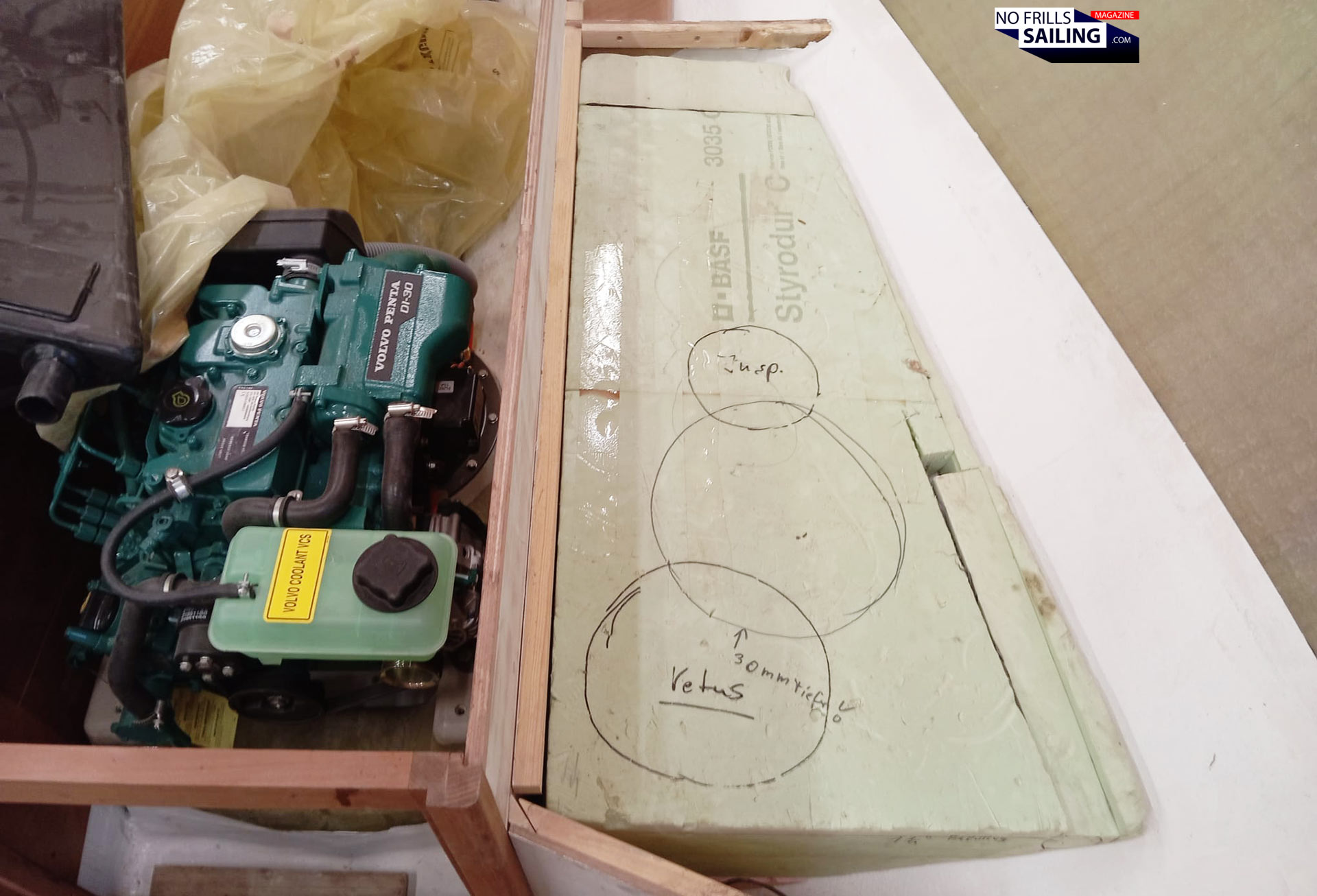
Based on the drawings and the wider picture of the plan of the whole machinery segment of a yacht, the guys at DL can now finish construction and decide where those details go. Production can begin. As for the Omega 42 tank, I went for a combination of Polyethylene 100 (PE100) and high-density Polyethylene (PE-HD). The special material properties of these materials are put together with two main techniques. I guess it´s a bit like metal welding, at least the names and pictures suggest that. Tack-welding will bring the different parts together and form a rugged 3D-shape, hot gas string bead welding will seal it off and make it an impenetrable container for the precious liquids. It would have been so interesting to meet the guys in the workshop and watch them welding my tank, but for obvious reasons this sadly wasn´t possible. In any case, at the end almost any individual shape and form can be realized: The company has a full-blown gallery of really interesting boxes they´ve made adhering to special inquiries over the years.
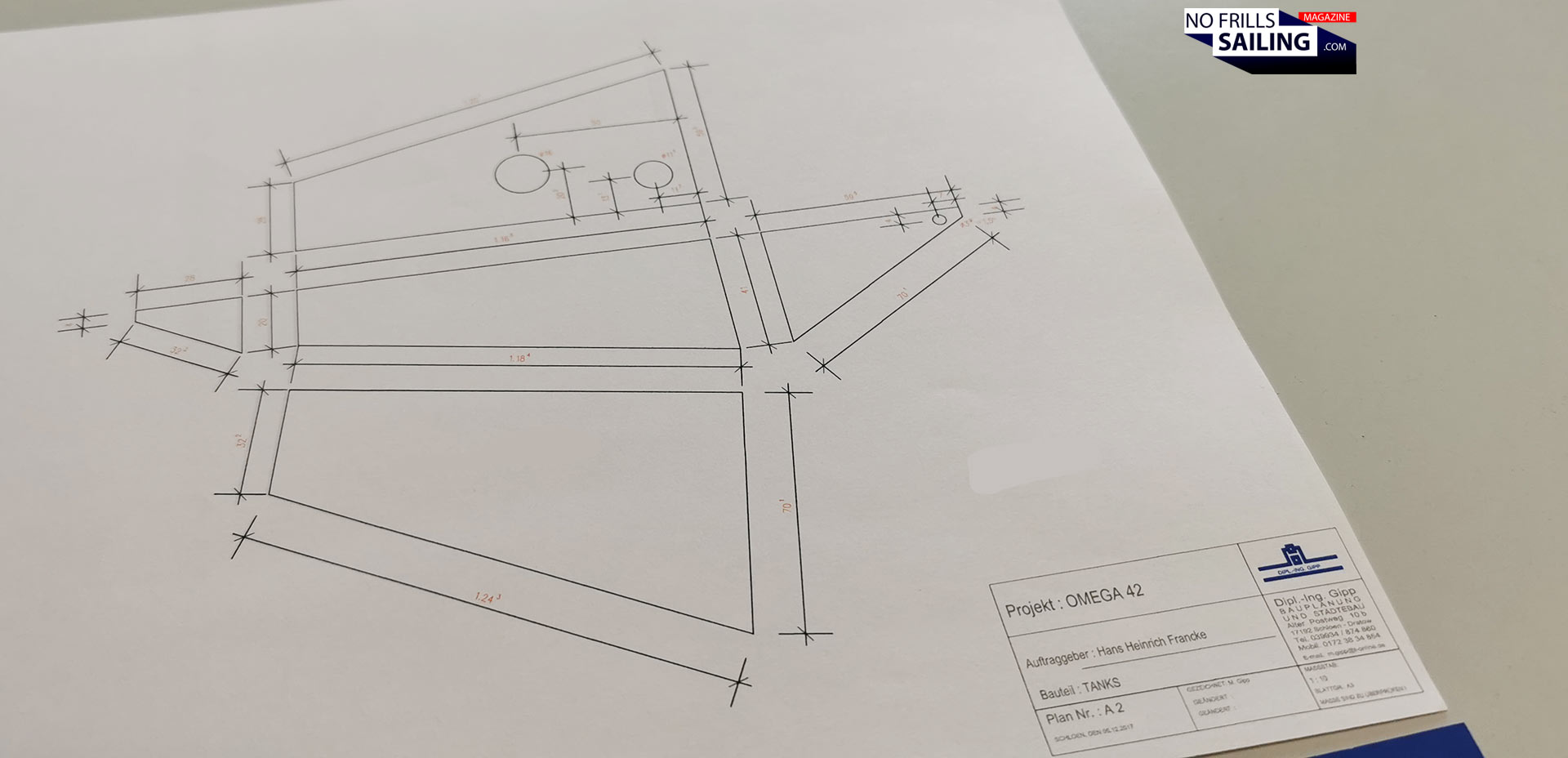
After the raw tank is manufactured, the guys apply the details with the absolutely air and liquids-tight maintenance opening being the last. The whole thing is crowned by an engraving that asserts production place, date and CE-conformity. This is, by the way, a very important detail as any product sold in the EU, even more products like a tank containing potentially harming and hazardous contents, need a CE-certificate. I am sure that this applies in one form or the other to America as well.
Next steps in the boat production
The tank has now arrived to the shipyard, as you can see, ready to be fitted. Once the boatbuilders have completed the paintwork, they will focus on the engine compartment again. With my Volvo-Penta and its saildrive already fitted, there are still many components which need to be mounted: That be the fuel system we just spoke about, the different filters, the secondary cooling water circuit, the exhaust, electrics and electronics and the whole piping. Not to forget the batteries (both domestic and for starting the engine) and the complete affiliated ignition and throttle system.
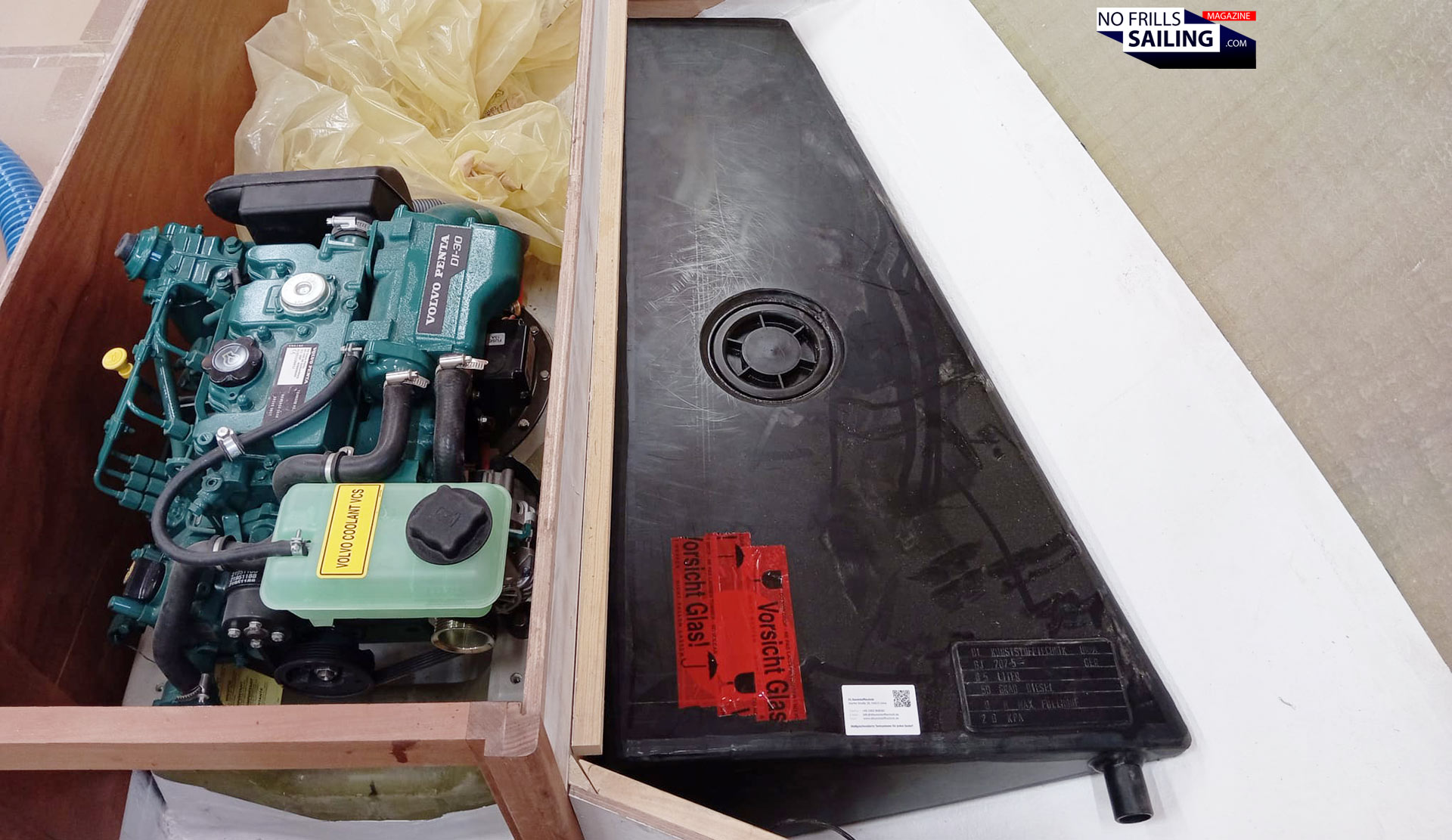
But that´s something for another article, or two. Especially the decision for which batteries I am going isn´t still made in all its details. By the way, I am ditching solar completely for this yacht and currently focus on research for fuel cell solutions, of which Efoy seems a pretty interesting possibility. Facing these topics, it surely will be a very interesting winter time in the shipyard. Once the current winterizing trouble is over, more people of the crew can re-focus on working on my boat, speeding up building process again. It makes sense for you to sign up for the monthly newsletter so that you never miss any article again. Otherwise – I´ll keep you posted on further developments on the Omega 42 build.
Related articles which might be of interest:
The whole story: All #buildingprogress articles of the Omega 42
Opting for Yanmar or Volvo-Penta?
Why I went for a one-off instead of a series production boat
